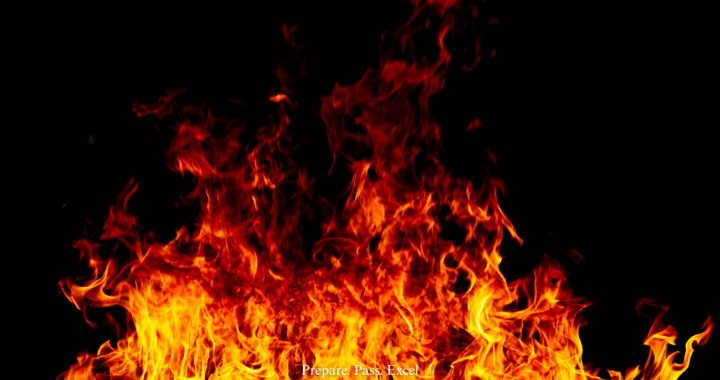Lithium-ion batteries power phones, scooters and electric cars — but the increasingly common energy source can spark fires so intense that they challenge veteran firefighters.
The fires burn hotter, require more water to put out and spew more toxins than a normal fire, according to experts.
In an effort to learn more about this growing danger, the CBS News Texas I-Team partnered with several North Texas fire departments and the Fire Prevention Association of North Texas, or F.P.A.N.T. While local departments are banding together to establish best practices, there are still many unknowns and challenges when it comes to facing these fires.
Leander resident Shaun Noll, a father of two, said it feels like yesterday when he received a chilling call his son made from his neighbor's home. His 10-year-old and 13-year-old sons were alone at home when a fire sparked. The boys made it out safely, but their two cats died and the entire interior of their home was destroyed.
Fire investigators traced the fire to a lithium-ion battery inside a vacuum. Even as an electrician, Noll said the device was a threat he didn't know to be aware of.
"People have more devices plugged into their house than I ever did," Noll said. "People just need to be diligent and take this problem seriously, because it's a real threat."
As more products contain lithium-ion batteries, the threat grows.
Safety group UL Solutions has been tracking lithium-ion battery cases globally, dating back to 1995. Since the group started tracking, it's documented 17,400 incidents, 4,562 injuries and 679 deaths — with a significant increase in incidents over the past five years.





